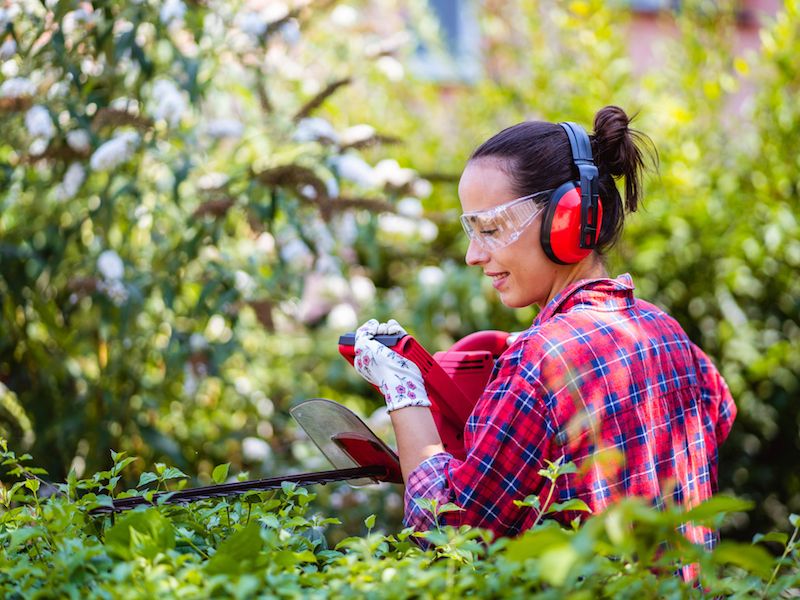
Eating right and safeguarding your hearing have some parallels. It sounds smart, but not many of us have a very good idea of where to begin. If there aren’t any noticeable noise risks and you don’t think your environment is particularly loud, this is especially true. But your ears and senses can be stressed by daily living, so your auditory acuity can be maintained if you apply these tips.
If you want to keep enjoying the sounds around you, you should do everything you can to slow down the deterioration of your hearing.
Tip 1: Ear Protection You Can Wear
Using ear protection is the most practical and basic way to safeguard your hearing. This means that lessening loud and harmful sound is a basic step you should take.
This means that when it’s required most people will want to wear ear protection. Hearing protection normally comes in two basic forms:
- Ear Plugs, which are put in the ear canal.
- Ear Muffs, which are placed over the ears.
Neither form of hearing protection is inherently better than the other. Each style has its positive aspects. Your choice of hearing protection should, most notably, feel comfortable.
Tip 2: Know When Sound Gets Harmful
But
The following threshold is when sound becomes hazardous:
- Over 100 dB: In this situation, you can injure your hearing very quickly. Damage is done in around thirty seconds with sounds above this threshold. Jet engines and rock concerts, for instance, can injure your ears in about thirty seconds.
- 85 decibels (dB): After about two hours this level of sound is dangerous.This is the level of sound you’d expect from a busy city street or your hairdryer.
- 95-100 dB: This is the typical level of your earbuds or the level of farm equipment. After around 15-20 minutes this level of sound becomes dangerous.
Tip 3: Use Your Phone as a Sound Meter
We can take precautions to minimize our exposure, now that we have a concept of what levels will be dangerous. The trick is that, once you’re out and about in the real world, it can be hard to gauge what’s loud and what isn’t.
Your smartphone can now be used as a handy little tool. Sound meter apps exist for every type of smartphone.
In order to get an idea of what harmful levels of noise really sound like, use your sound meter to confirm the decibel level of everything you are hearing.
Tip 4: Keep an Eye on Your Volume Buttons
The majority of people today listen to music using their phone or smart device, and they normally use earbuds while they do it. This sets up a dangerous situation for your hearing. Over time, earbuds set to a sufficiently high level can cause considerable injury to your hearing.
That’s why safeguarding your hearing means keeping a sharp eye on your volume control. In order to drown out noises somewhere else, you should not raise the sound level. And we suggest using apps or settings to ensure that your volume never unintentionally become hazardously high.
Earbud use can become something of a negative feedback loop if your hearing starts to decline; you could find yourself consistently increasing the volume of your earbuds in order to compensate for your faltering hearing, doing more damage to your ears in the process.
Tip 5: Get Your Hearing Tested
You might think that having a hearing test is something you do only when your hearing starts to wane. The difficulty is that it’s not always easy to identify a problem in your hearing without a baseline to compare results to.
Scheduling a hearing screening or exam is a great way to come up with data that can be used for both treatment and diagnostic purposes, ensuring that all of your future hearing (and hearing protection) decisions have a little bit of added context and information.
Pay Attention to Your Hearing
In a perfect world, protecting your hearing would be something you could do continuously without any difficulty. But there are always going to be difficulties. So anytime you can and as often as possible, safeguard your hearing. You should also get your ears examined routinely. Hopefully, these guidelines will help you get a good start.
